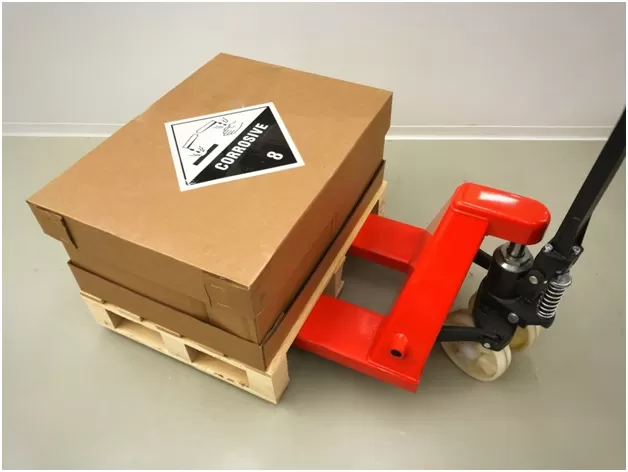Everything You Need to Know About Hazmat Shipping
Introduction
More than 3 billion tons of regulated hazardous materials get moved on freight trucks each year. Hazmat shipping happens through the standard truck, train, air, and ocean services. However, they require extra care to ensure everyone stays safe during transport.
Hazardous cargo isn’t always immediately apparent. There are laws and regulations in place to ensure everyone maintains a safe standard. This guide will help you identify what a hazardous shipment is and what you should do with it.
Is It Hazardous?
Sometimes, people don’t even realize their shipment qualifies as hazardous materials. Everyone assumes that shipping hazardous materials is transporting waste, explosives, or radioactive chemicals. However, this isn’t the case.
Everyday household products can be dangerous when shipping. For example, pest control products, batteries, spray paint, chemicals, and fuel require hazmat transportation.
Nine Hazardous Material Classes
There are nine classes that hazardous materials get broken down into. Each glass defines the specific danger level and treatment requirements to keep everyone safe. The class for your shipment should be on the shipment paperwork, the packaging, and on the outside of the truck transporting the cargo.
- Explosives
- Gases
- Flammable and combustible liquids
- Flammable solids, spontaneously combustible, and dangerous when wet
- Oxidizer and organic peroxide
- Poison (toxic) and poison inhalation hazard
- Radioactive
- Corrosive
- Miscellaneous
Hazmat Shipping Papers
There are seven pieces of information that your shipment must have. This is vital because not only is it required by law, but it also makes dealing with an accident easier. Your carrier should ask for this information when booking or picking up your shipment.
Look at the Hazardous Materials Table and locate the appropriate identification number and proper shipping name. Then add one of the nine hazard classes.
Include a packing group when required, which should be in Roman numerals. This is followed by the quantity of the hazard materials your shipment contains. Finally, you should break this total down to the number and type of packages that your shipment contains to hold everything.
You also need to include the appropriate contact information for the origin and destination.
Freight Shipping Is Rough
Cargo that gets moved by the transportation industry is not treated gently. This is a problem when transporting hazardous or dangerous materials. Changes in pressure, temperature, static electricity, and vibration can cause hazardous materials to react.
Going throughIATA DOT trainingcan help you understand the extra measures that get implemented for each type of hazardous material. Some require specific packaging, temperatures, or handling. All hazardous materials require large and descriptive labeling that clearly communicates the shipment’s classification and dangers.
Be Safe When Transporting Goods
As you can see, a lot more goes into hazmat shipping than regular freight shipping. Always check DOT guidelines to ensure your shipment isn’t hazardous. If it is, take the extra steps to package your shipment correctly and fill out the necessary paperwork.
Check out other business articles for more helpful advice on safely shipping your car.










